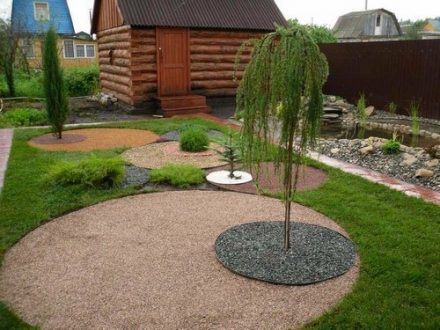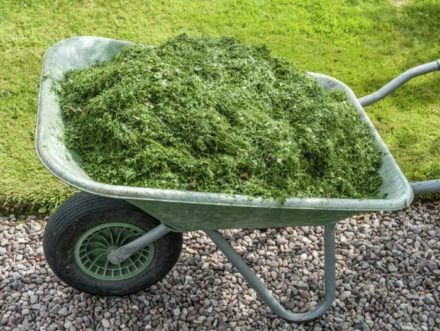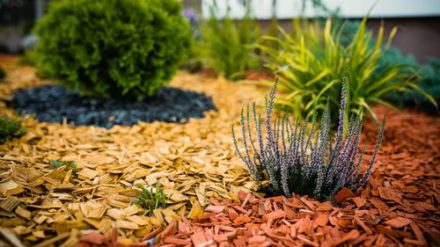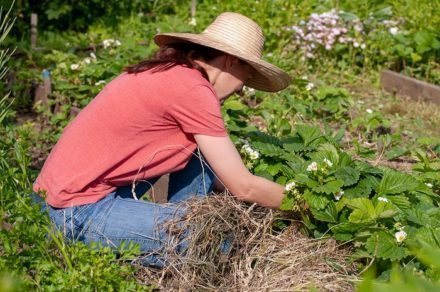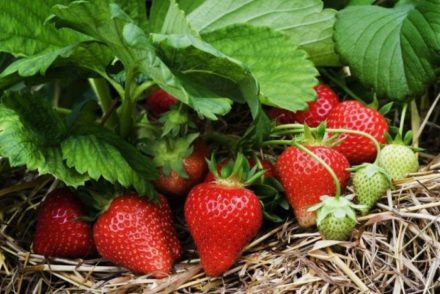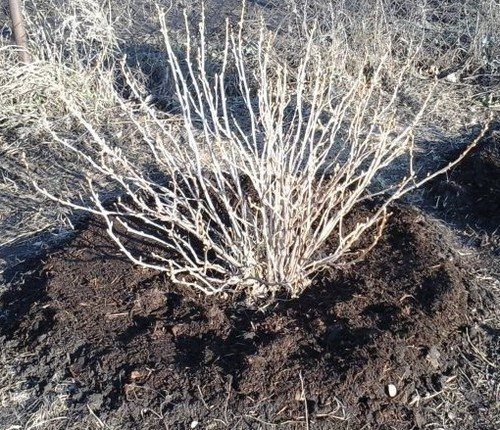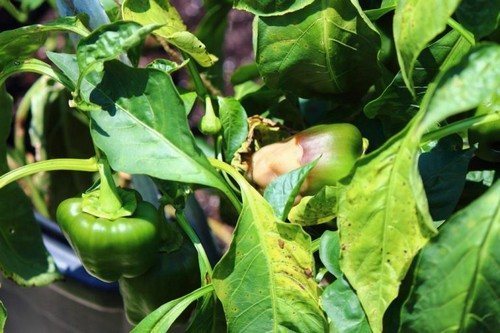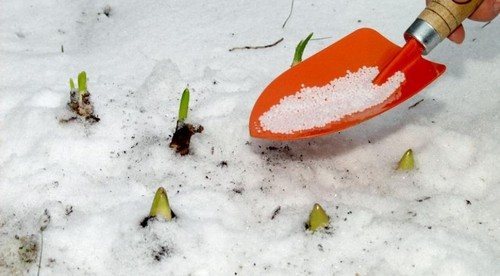Early spring is full of worries in the garden - cultivated plants awaken from sleep, need pruning, fertilizers, something needs to be planted, and you should not overlook mulching, thanks to which some species are able to especially please with harvest or colorful flowering in the future.
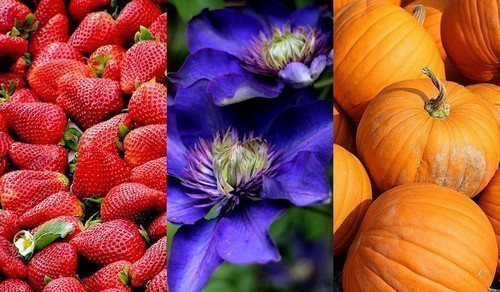
Strawberry
Mulching of berries is used for any method of planting, with the exception of continuous mulching, in which this is simply not feasible. When laying mulch, move 2–3 cm away from the bushes so as not to interfere with air exchange.
Thanks to mulch, earthworms live and develop better in the soil near strawberries, helping to increase its fertility just as well as chemical fertilizers.
Experienced gardeners in the spring cover the soil in the strawberry beds with black film, accelerating the heating of the soil, and scatter straw on top, preventing it from overheating. In addition, later, thanks to the straw, slugs and snails will not reach the bushes - they simply cannot move on it. And at the time of harvest ripening, the berries bending towards the ground will not rot or get dirty.
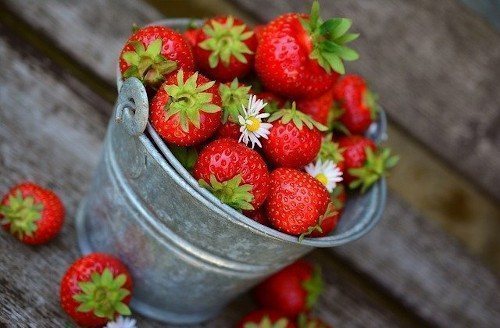
Raspberries
Located at a depth of only 20–30 cm from the soil surface, raspberry roots find themselves in a vulnerable position by spring, weakened by winter frosts, and may not tolerate fluctuations in soil temperature. In addition, it is well known that thanks to spring mulching it is possible to reduce the number of shoots on raspberries and accelerate the growth of berries.
Raspberry bushes are mulched after replacement shoots grow to 30–35 cm, plus mineral fertilizers should be applied for the first time during the season before covering.
A good choice can be straw manure, as well as sunflower husks, which, by the way, unlike buckwheat or millet husks, are not easily carried by the wind throughout the entire area.
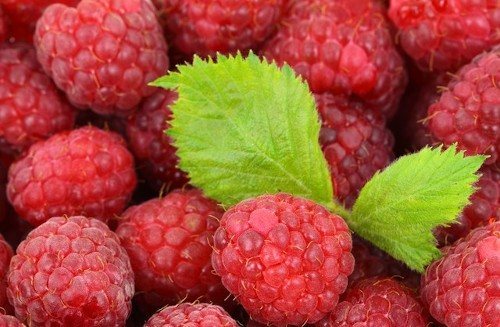
Clematis
These flowers are mulched immediately after planting in the ground at a distance of 5–10 cm from the stem. With a hypersensitive root system, clematis run the risk of dying if it overheats, so to maintain fresh coolness, it is recommended to use a mixture of decomposed peat and half-rotted manure.
If clematis are grown where the sun is not hot, if spring promises to be cool, you can choose a material that is not only suitable as mulch, but also able to harmoniously fit into the artistic appearance of the flower garden. For example, sphagnum moss or decorative wood chips.
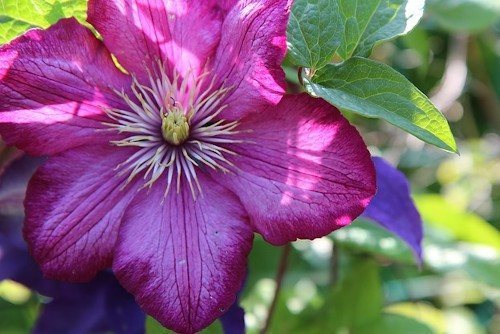
Pumpkin
A strong, highly viable pumpkin can be mulched immediately after planting the seeds in open ground, although it is usually recommended to wait until the first shoots appear before laying the mulch.
It is advisable to use humus or peat chips - for pumpkin this is a kind of “cocktail” that promotes its rapid development and early formation of ovaries.
When growing pumpkin through seedlings, you can also use black non-woven covering material with a density of 60 g per 1 square meter. m. It is recommended to preserve it further during the season - when ripened on it, pumpkins will retain a better appearance and will be kept fresh longer.
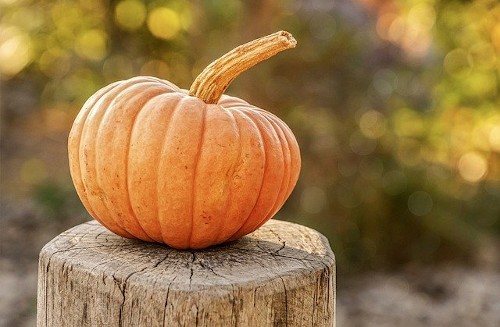
Cabbage
At the earliest planting, cabbage of all varieties is usually mulched with hay or straw.
But a little later, when it becomes possible to collect plant residues, it is better to switch to them. For example, leaves and stems left over from tomatoes provide cabbage with protection from white butterflies.
You can also use well-decomposed slightly acidic wet peat: specifically for cabbage, it is laid in a very thin layer - no more than 1 cm in thickness. It is also possible to use dry peat, but then the degree of decomposition should not exceed 25%. Experienced gardeners advise mulching cabbage, which grows not only in open ground, but also in a greenhouse.
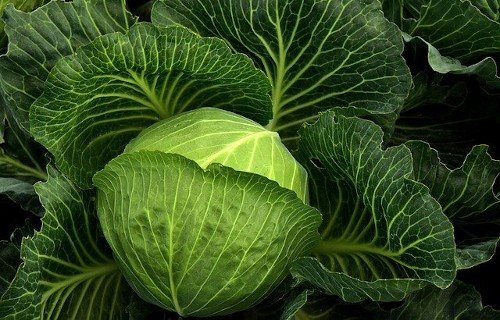
The main rules of mulching
Mulching the soil for any plants is always preceded by its preparation, namely:
- cleaning up plant debris and weeding;
- loosening the soil.
You can lay mulch only after the earth has warmed up at least a little, because at the same time its beneficial microflora “awakens,” promoting the development of plants. A clear indicator of sufficient warming up can be the appearance of the first annual weeds in the area after the snow melts.
It is unacceptable to use last year's mulch, even if it has not yet completely rotted. The fact is that pathogens and pests could easily have settled in the same fallen leaves over the winter.
Sawdust, shavings and bark are not suitable for spring mulching of vegetable crops, since they are capable of drawing nitrogen from the soil - the most valuable macronutrient for the early development of garden plants.
The laid mulch must be periodically loosened and shaken, lifted, not allowing it to bunch up and cake.
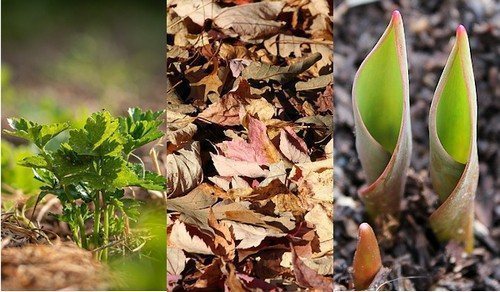
In conclusion, we can say that there is nothing complicated in spring mulching and it must be included in the calendar of planned work, thus ensuring even greater well-being for your garden, vegetable garden and flower garden.


